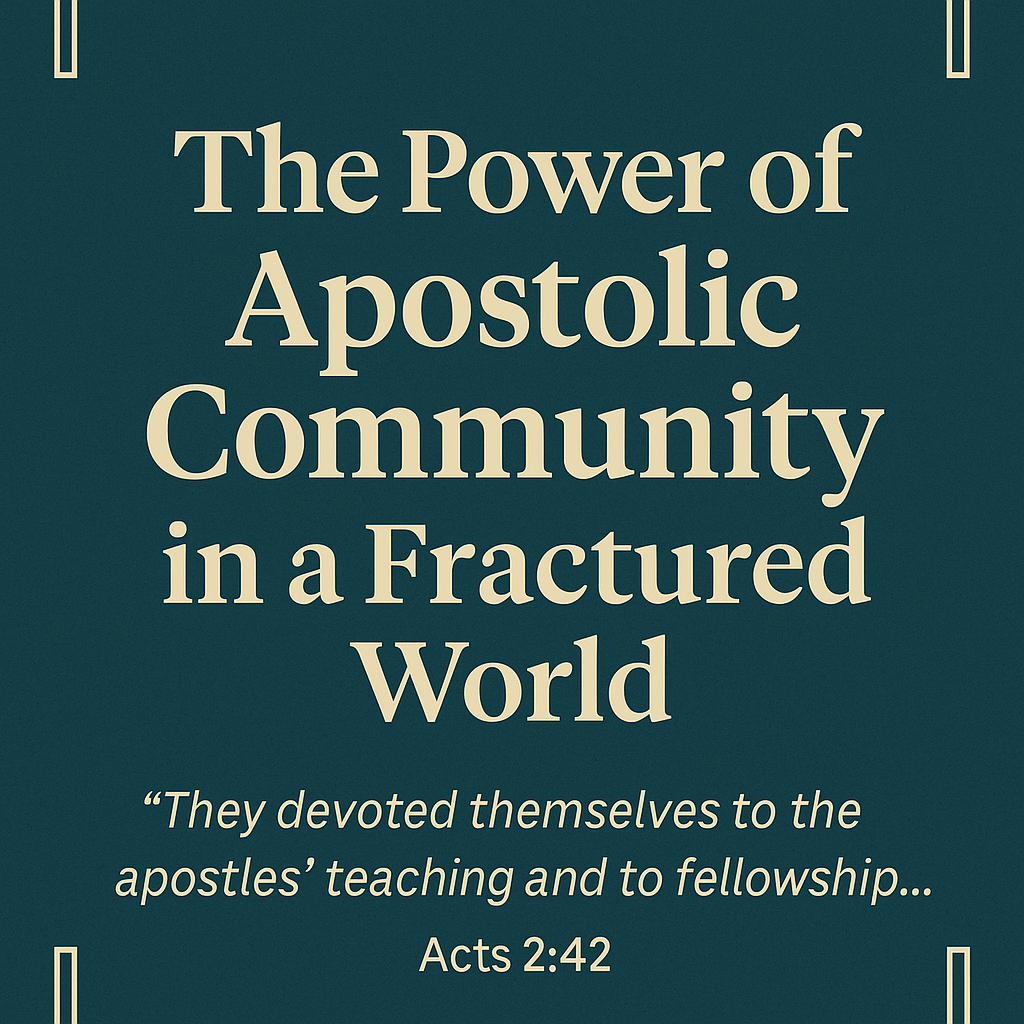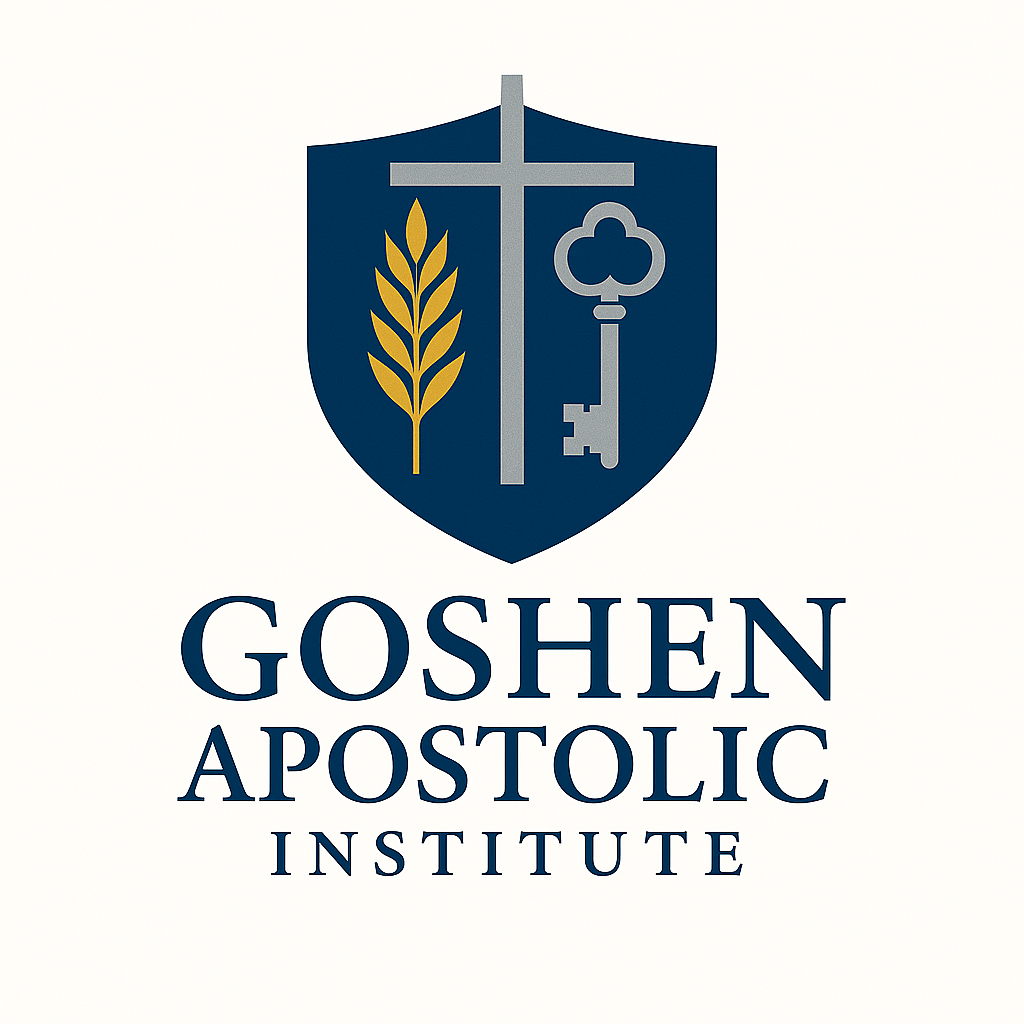
“They devoted themselves to the apostles’ teaching and to fellowship…” — Acts 2:42
In a time when isolation, division, and spiritual fatigue are rising, God is calling the Church back to its apostolic roots—to rediscover the strength, simplicity, and supernatural power of covenantal community. The early Church thrived not because of elaborate buildings or programs, but because of their devotion to fellowship, shared mission, and apostolic teaching.
This isn’t just nostalgia. It’s the blueprint for resilience in the end times.
🔹 Why Apostolic Community Matters Now More Than Ever
The world is rapidly changing. Global instability, increasing censorship, and persecution are forcing believers to ask: What kind of church can stand in the fire?
The answer: one that is built on relational strength, spiritual alignment, and apostolic accountability.
The early Church didn’t scatter when threatened—they gathered in power. They met in homes, broke bread, prayed with one accord, and shared what they had. Apostolic communities are not just friendly groups. They are divinely aligned ecosystems designed for mission, protection, and multiplication.
🔹 What Is an Apostolic Community?
An apostolic community is a spiritually governed network of believers and leaders who are:
- Devoted to sound doctrine and Spirit-led teaching
- Operating in mutual submission and accountability
- Sharing resources for the good of the body
- Committed to Kingdom advancement
- Functioning under the guidance of five-fold leadership (Ephesians 4:11–13)
They don’t exist to consume content but to advance territory.
🔹 Building Apostolic Hubs That Withstand Shaking
An apostolic hub isn’t just a ministry center—it’s a strategic outpost for equipping, sending, and sheltering. As government systems shift and digital surveillance increases, we must build secure apostolic ecosystems that can:
- Operate without centralized dependency
- Equip believers to disciple and lead within house churches
- Support digital collaboration without compromise
- Uplift persecuted believers through prayer and shared resources
These hubs may look like a network of house churches, an encrypted digital forum, or a collaborative prayer and mission center. What they share is this: a Spirit-led blueprint and an apostolic backbone.
🔹 Collaboration Over Competition
In the apostolic model, collaboration replaces competition. We are not called to build silos or empires, but to form networks of trust. Apostolic collaboration involves:
- Listening to the Holy Spirit together
- Sharing revelation and strategy across regions
- Covering one another in prayer and resources
- Honoring different gifts and assignments without envy
This level of cooperation requires maturity—and it’s only possible when leaders are submitted to Christ and one another.
🔹 Community Among the Persecuted: Our Global Teachers
Persecuted churches worldwide have long operated under these apostolic principles out of necessity. They’ve shown us that:
- Bibles can be memorized and passed secretly
- Meetings can happen underground or online
- Collaboration doesn’t need a platform—just obedience
They are not a side story; they are the forerunners of what is coming globally. Their resilience shows us what apostolic community truly looks like under pressure.
🔹 The Next Step: Rebuilding the Church Around Relationships
If we are to be the Church that endures, we must rebuild our ministries, families, and leadership models around:
- Covenantal relationships, not convenience
- Spiritual alignment, not celebrity
- Shared mission, not isolated calling
This is not about returning to the past. It’s about unlocking the future of the Church through God’s original design.
Final Call:
Be Devoted Again
We are living in Acts 2 days in a Revelation 13 world. The question is not if we will gather—but how and with whom. Will we cling to systems of comfort, or be willing to rediscover the raw, relational, Spirit-filled power of true apostolic fellowship?
Now is the time to build communities that last, connect leaders who trust, and prepare for the shaking ahead.
Let’s return to the table, the teaching, and the testimony—together
